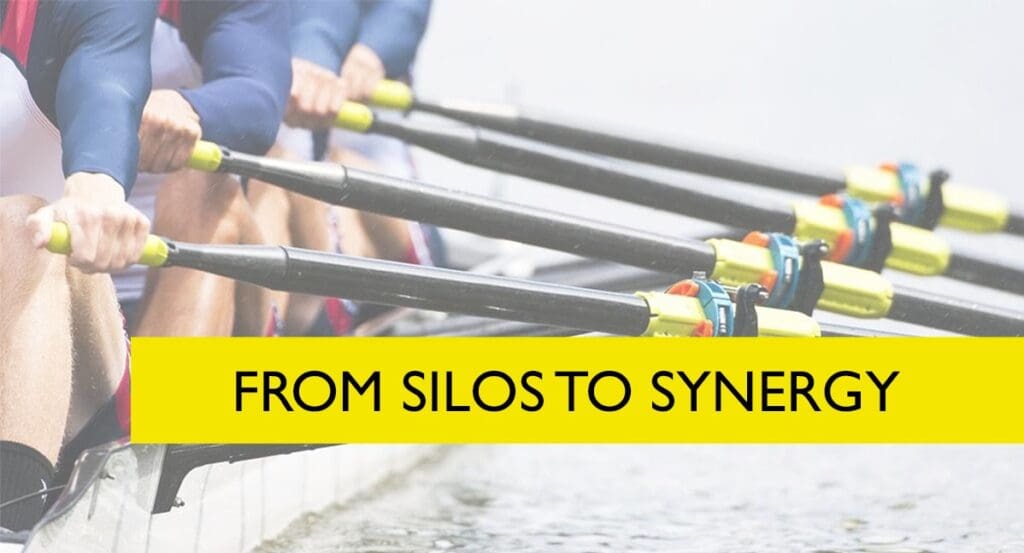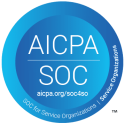“The first time I was onboarded it was like someone dropped me in the water and forgot the life vest,” said Brendan Kenny, Support Team Lead at Farragut. “The second time, it was like we’re all sailing along, everything’s cool, and everybody’s making sure I’m okay.”
What could be at the root of such a cultural change?
Root of cultural change
From different standpoints, Brendan Kenny and Stephanie Gavilan-O’Neal have both seen a culture change at Farragut. Brendan’s story comes from the fact that he was onboarded twice because he left the organization in 2017 for three years and returned at the beginning of 2020.
Stephanie, Implementations and Education Service Lead provides a complementary perspective from her six years at Farragut. “In 2015, I came to Farragut to be a trainer, so I had to ask people what they knew,” Stephanie said. “But people were in silos, and it was almost like my questions scared them. One person literally told me: ‘Go figure it out yourself.’ There was no cohesion as a team and a lot of confusion.”
Brendan agrees: “There was quite a bit of defensiveness. In hindsight, I would say people were afraid that if they talked you would find out they didn’t know anything—as if they’d be exposed as an imposter.”
Shifting winds
Stephanie discussed two turning points in the company’s cultural growth. The first came with the “Clean for Teams” training.[1]1 Responding to the cultural and communication problems the company faced, I, invested in this training to encourage the “collective wisdom” that teams gain when they work together. The training was so successful that it inspired Stephanie and several other participants to create their own workgroup to discuss ways to move forward and apply the learning.
The second turning point for Stephanie came in working with leadership consultant Vinay Kumar.[2] This work focused on similar themes. It encouraged reaching out instead of shutting down in the face of uncertainty. That is, if staff opened up about the problems they’re facing, they would be able to tap into the collective intelligence of the group and get help.
After several sessions, the group formed a circle and Vinay invited members to present a problem. A senior manager, the Director of Software Development Sanjay Chouhan, came forward. He sat in the middle of the circle and shared a problem he was struggling to solve. According to Stephanie, “He was shaking, he was shifting in his chair. It was really hard for him to admit a problem, but he shared it with us. We all talked and it helped him.”
For Stephanie, this was groundbreaking. She reflects: “If upper management can say ‘I’m stuck,’ and is open to listening to our thinking, then why can’t we do that with each other at our level?”
Real organizational change
This ongoing commitment to team building culminated in the Extended Leadership Team (ELT). All Farragut’s top management and team leads take part in the ELT.
The success of the ELT couldn’t take hold without the dedication and practice with specific strategies and tools. Stephanie provides a wonderful metaphor for the acquisition of a toolset: “When I started at Farragut, I was a construction worker and my tool belt only had a hammer. Clean for Teams showed me a couple of more tools and I became a better construction worker. But the ELT provided a whole tool belt and showed us different ways to use them. Finally, instead of a construction worker, I became a builder.”
Both Stephanie and Brendan are ELT members and the tool they rely on most frequently is called “courageous conversations.” For Brendan, the toughest conversation he has initiated was with his supervisor. After an important team member resigned (let’s call him James) due to the behavior of Brendan’s supervisor, he had to do something—so he planned a conversation.
Because Brendan supported James’ complaints, he wanted to make a case that mistakes were made and that they can and should do better in the future. “James is gone,” Brendan said. “And he brought knowledge with him, and skills with him, and he left a gap that we’re still trying to fill.”
The ELT provides a concrete template for courageous conversations. You fill in your talking points and bring it with you to guide the conversation. Objective evidence helps avoid drama and you must package the conversation with clear intention. Brendan demonstrates: “My intention is positive. This is more than a case of a disgruntled employee. I’ve seen this behavior, I’ve experienced it, I’m with James on this. These are some actions we can take; the actions are neutral; here’s the impact of these actions. Let’s move forward from here and see if we can enact a change.”
Importantly, Brendan readily admits that he shares culpability. “I made mistakes, you made mistakes, James made mistakes, but ultimately, responsibility needs to be communicated and addressed. And that’s growth, that’s what we need.” This tool, Brendan believes, will drive a real cultural shift at Farragut, real organizational change.
This entire scenario pivots around the fact that both Brendan and his supervisor are ELT members and that the group encourages and expects conversations like these. “The leadership all the way up to the top supports it,” Brendan said. “Being correct doesn’t necessarily matter. What matters is that you voiced your opinion, even when it was tough.” And those different opinions strengthen the collective intelligence.
Stephanie agrees: “Shail (Farragut CEO) really does want us to feel comfortable communicating our concerns and our needs. Not every place is like that.”
Farragut’s core values: Courage, Synergy, and Transformation
Compared with the dysfunctional culture described earlier, Farragut’s leadership has turned the tides. Real organizational change can happen if top leadership embraces change and invests money and time to help staff grow and develop together.
Indeed, Farragut’s core values of Courage, Synergy, and Transformation[3] each speak directly to the challenges intrinsic to the vision of the ELT for courageous conversations, personal growth, and cultural change.
As Brendan said: “The most positive thing is having the group to talk to and see that the work is being lived by everyone. We’re all trying, we’re all pushing, we’re all stretching, we’re all working at this.”
[1]Learn more about the Clean for Teams training at the Open Leadership Network.
[2]Certified by Bob Anderson’s Leadership Circle, Vinay has worked with Farragut since 2017.
[3]See Farragut’s 2021 statement of Purpose, Values, and Vision for more information.





